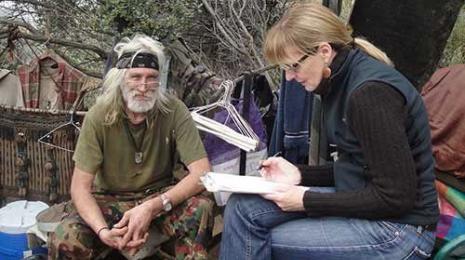
Eillie Anzilotti
Pagination
Subscribe to our blog
Get the latest Tableau updates in your inbox.


 Eillie Anzilotti
April 15, 2020
Eillie Anzilotti
April 15, 2020

 Eillie Anzilotti
April 3, 2020
Eillie Anzilotti
April 3, 2020

 Eillie Anzilotti
March 30, 2020
Eillie Anzilotti
March 30, 2020

 Eillie Anzilotti
March 16, 2020
Eillie Anzilotti
March 16, 2020

 Eillie Anzilotti
February 18, 2020
Eillie Anzilotti
February 18, 2020

 Eillie Anzilotti
December 31, 2019
Eillie Anzilotti
December 31, 2019

 Eillie Anzilotti
December 30, 2019
Eillie Anzilotti
December 30, 2019

 Eillie Anzilotti
December 27, 2019
Eillie Anzilotti
December 27, 2019

 Eillie Anzilotti
December 26, 2019
Eillie Anzilotti
December 26, 2019
Get the latest Tableau updates in your inbox.